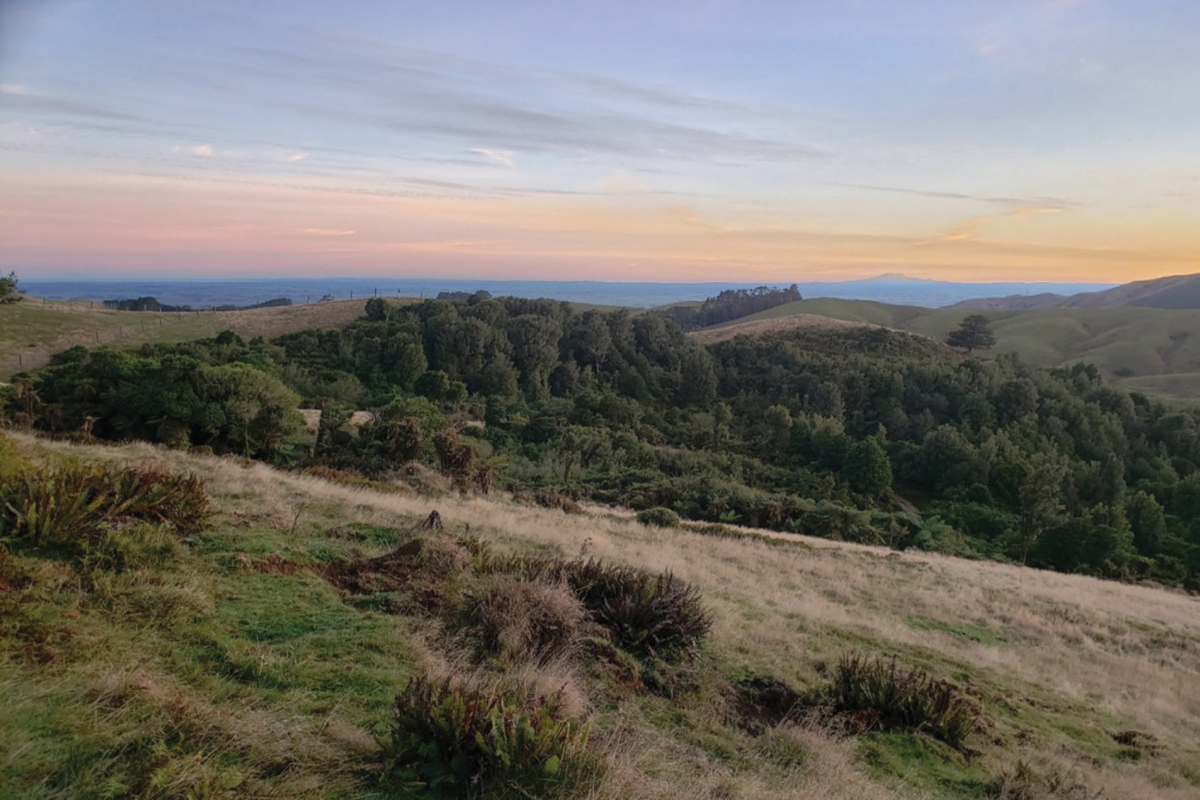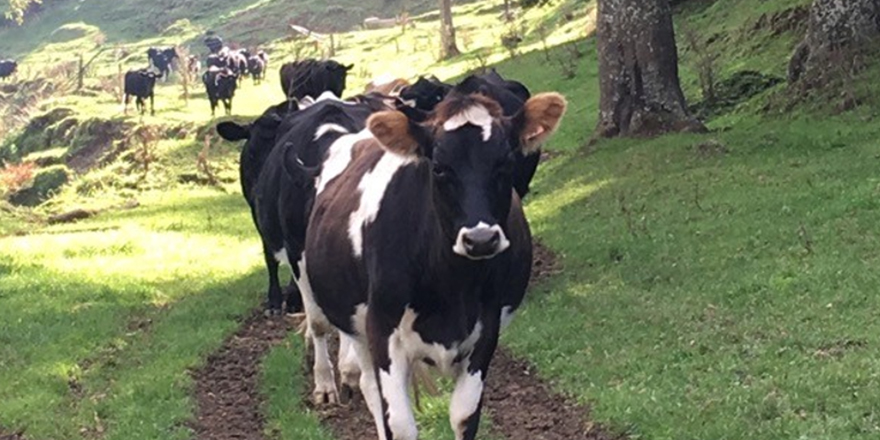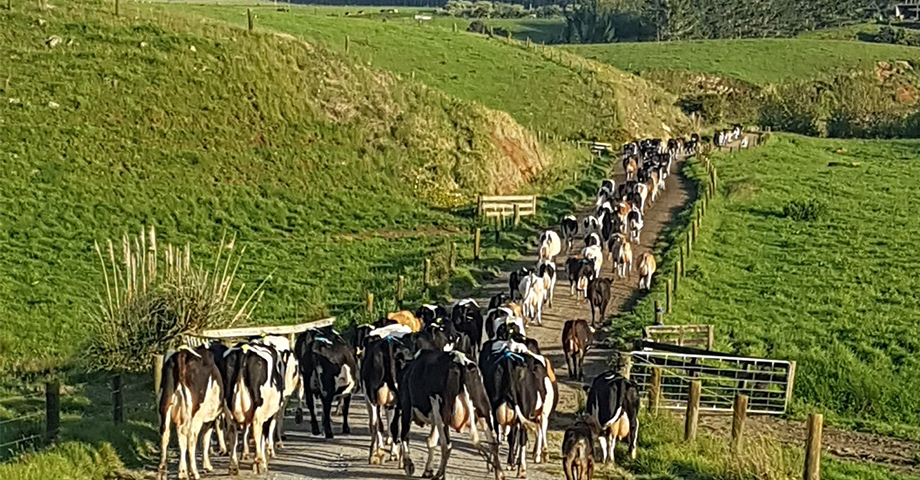
Executive summary
New Zealand has experienced extensive native forest clearance since human settlement, reducing forest cover from 80.0% to 90.0% to approximately 24.0% of total land area. Introduced pest species have compounded this problem, causing significant biodiversity loss and reduced carbon sequestration capacity. While New Zealand has made international commitments to address climate change and biodiversity decline, current policy settings may be insufficient to incentivize native forest management at the scale required.
The central question in this study examined whether monetized benefits from increased carbon sequestration or positive biodiversity outcomes could o set the costs of undertaking pest management and protection of native vegetation on New Zealand properties. the aim was to evaluate the financial feasibility of using carbon credits or biodiversity credits to fund pest control and fencing infrastructure for native forest conservation, providing evidence-based recommendations for policy and landowner decision-making. This study addresses a critical knowledge gap in conservation finance, providing the first comprehensive economic analysis of both carbon and biodiversity market mechanisms for New Zealand native forest management. The findings directly inform policy development for achieving national climate and biodiversity commitments.
The study employed an embedded case study approach examining five properties in the Manawatū District’s Apiti and Pohangina localities, representing different proportions of native forest coverage. Nine scenarios were developed: six carbon additionality scenarios for regenerating forests and three biodiversity additionality scenarios for old growth forests. Management approaches included property boundary fencing, forest block fencing, and unfenced pest control, with comprehensive cost modelling for each scenario.
Carbon scenarios consistently generated negative Net Present Values (-$5,528 to -$1,607,407), demonstrating that carbon markets cannot support infrastructure intensive forest conservation. Fencing costs dominated expenses (57.7% to 98.3% of total costs), while carbon income covered only 0.2% to 19.2% of costs. Even under optimized conditions (20.0% carbon additionality, $80 per carbon unit pricing), only unfenced scenarios achieved viability. Biodiversity scenarios operated under fundamentally different cost-coverage frameworks, requiring annual credit values of $88 to $1,265 per ha but offered more viable pathways for conservation financing.
Policy frameworks should prioritize biodiversity credit scheme development over carbon market reliance for native forest conservation. Government should support landscape-scale collaborative approaches to achieve infrastructure cost efficiencies. Research investment is needed to validate carbon additionality assumptions and develop innovative pest management technologies that reduce infrastructure requirements.
Further research is required to measure actual carbon and biodiversity outcomes from pest management, develop landscape-scale conservation models, and establish robust biodiversity credit market mechanisms with stable long-term demand.
Cameron Walker




